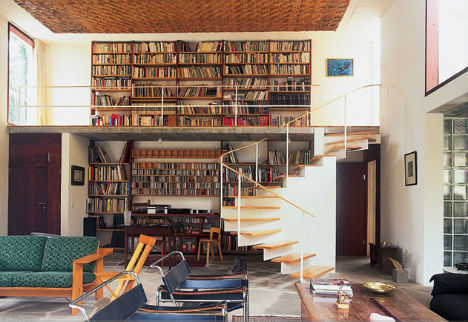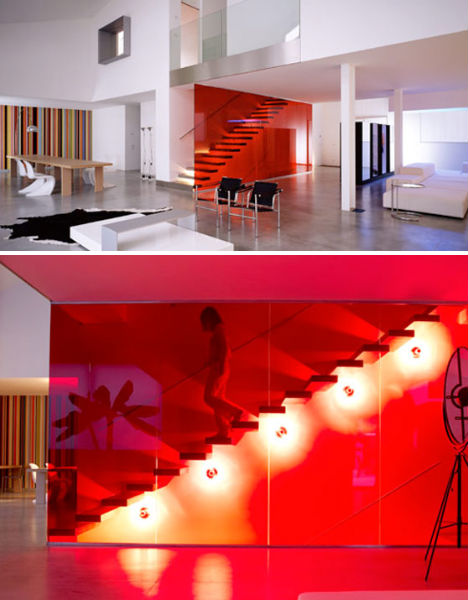The existing footprint is located at:
43°37'40.50"N
70°12'55.25"W
The front-back walls face SE to NW with the best views in the NW and NE quadrants. The opposite SW and SE quadrants receive all of the sunlight. The solstice sunrise and sunset lines are shown in the Google map below:
View Maiden Cove 4 in a larger map
We computed HDD (Heating Degree Days) from three-year weather observations from Portland Jetport, Naval weather buoys, and private weather stations on the coast of Maine within 50 km of the site. The computations correlated well with NWS data compiled 1981-2010.
- January is the coldest month at -5.1C average temperature
- July is the warmest month at 20.5C average temperature
- Rainfall is very uniform, averaging 3.94 inches per month, with a standard deviation of 0.58 inch (NWS 1981-2010)
HDD in F and C at 20C base temperature show:
We believe the city will allow building on the existing footprint, an area of approximately 2000 sq. ft.
Overlaying the the house floor plan dimensions from the original blueprints on the site shows the following:
The garage is on-grade on the SW side. The remainder of the ground floor is supported by a concrete block wall foundation, providing an above grade basement on the downhill slope of the property. The 2-D footprint floats over the Google Terrain mock-up:












